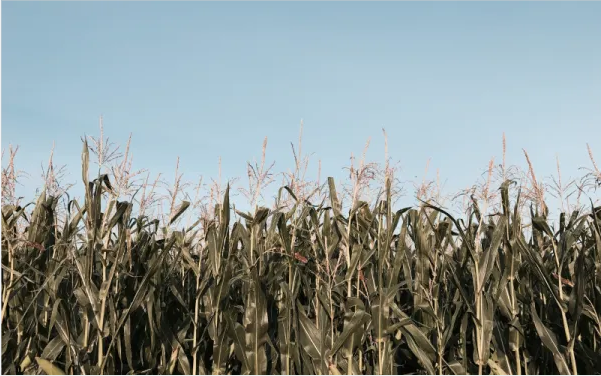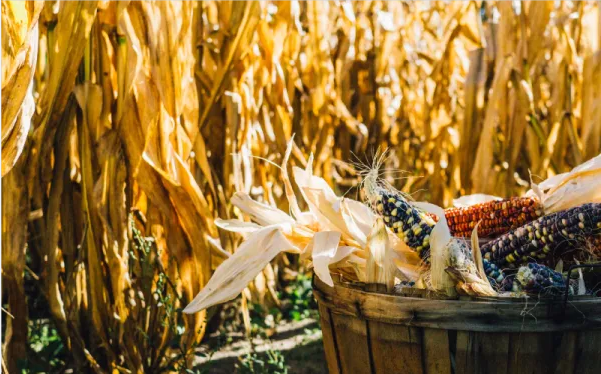What is PLA Plastic?
PLA stands for Polylactic Acid. Made from renewable resources such as corn starch or sugar cane, it’s a natural polymer designed to substitute widely used petroleum-based plastics like PET (polyethene terephthalate).
In the packaging industry, PLA plastics are often used for plastic films and food containers.
What are the benefits of using PLA Plastic?
It’s common knowledge that the world’s oil reserves will eventually run out. As petroleum-based plastics are derived from oil, they will become more difficult to source and manufacture over time. However, PLA can be constantly renewed as it is processed from natural resources.
Compared to its petroleum counterpart’s, PLA plastic boasts some great eco benefits. According to independent reports, producing PLA uses 65 per cent less energy and generates 63 per cent fewer greenhouse gases.
PLA-Plastic-Composting
In a controlled environment PLA will naturally break down, returning to the earth, and so it can be classified as a biodegradable and compostable material.
Not all PLA plastic packaging will find its way to a composting facility. However, it’s reassuring to know that when corn-based plastics are incinerated, they do not emit toxic fumes unlike PET and other petroleum-based plastics.
What are the problems with PLA Plastic?
So, PLA plastics are compostable, great! But don’t expect to be using your little garden composter anytime soon. To properly dispose of PLA plastics, you have to send them to a commercial facility. These facilities use extremely controlled environments to speed up decomposition. However, the process can still take up to 90 days.
PLA Plastic Composting Bin
Local Authorities don’t collect compostable materials manufactured for industrial composting. Specific numbers for industrial composting facilities in the UK are difficult to find. Just one sign you might struggle to locate exactly where and how can dispose of your PLA plastic.
To produce PLA, you need a huge amount of corn. As production of PLA continues and demand increases, it could affect the price of corn for global markets. Many food analysts have argued that vital natural resources are better used in food manufacturing, rather than packaging materials. With 795 million people in the world without enough food to lead a healthy active life, doesn’t it suggest a moral issue with the idea of growing crops for packaging and not for people?
PLA-Plastic-Corn
PLA films will always compromise the shelf life of perishable foods. What many people fail to see is this unavoidable paradox. You want a material to degrade over time, but you also want to keep your produce as fresh as possible.
The average lifespan for PLA film from the time of manufacture to final use can be as little as 6 months. Meaning there’s only 6 months to manufacture the packaging, pack products, sell products, deliver to the store and for the product to be consumed. This is especially difficult for brands looking to export products, as PLA will not provide the protection and longevity needed.
Post time: Dec-01-2022






